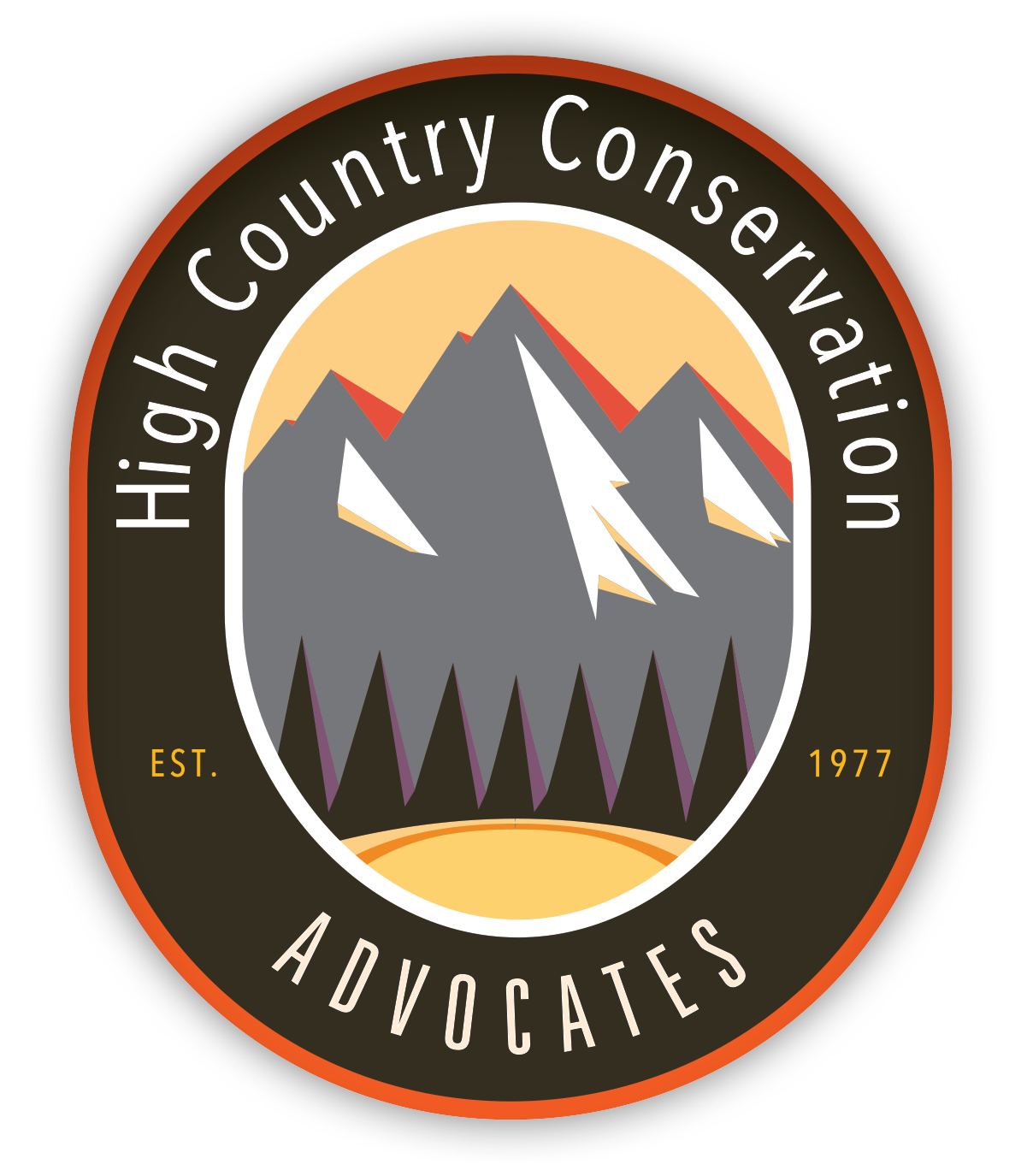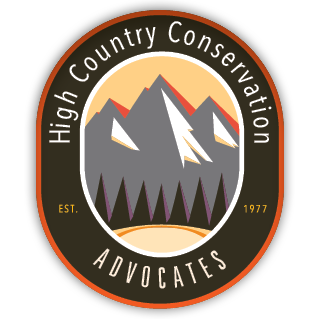Draft forest plan flops among conservationists
Conservation advocates this week began digesting the more than 1,300 pages of documents that make up the U.S. Forest Service draft plan for much of the Western Slope. The plan — for the Grand Mesa, Uncompahgre and Gunnison (GMUG) National Forests — includes detailed environmental impact analyses and reams of source materials. But even a cursory look yielded a warning sign for many groups: a dramatic increase in the amount of land designated as “suitable timber” for logging.
“It’s really a logging-centric plan. That is extremely concerning,” said Matt Reed, public lands director with High Country Conservation Advocates in Crested Butte.
Demand for timber at the Montrose Forest Products timber mill in Montrose is a driver for designating land for logging in the plan. As the document states on page 9, “The GMUG’s timber program plays an important role in maintaining the viability of the timber industry in the State of Colorado. The largest remaining sawmill in Colorado is located in Montrose and obtains its wood fiber within a 400-mile radius.”
The Forest Service also seems to be positioning logging as one of its main tools to address beetles and wildfires, according to Reed.
“It’s a knee-jerk response from the Forest Service that we can cut our way out of the beetle epidemic and cut our way out of fire risk. Neither of those are accurate, they are certainly more nuanced than that, and yet this plan reflects the thinking that the forest can do just that,” Reed said.
The expansion of potential timber production is bad news for other conservation goals, like protecting big game habitat, improving the health of watersheds and enlarging wilderness areas, because logging tends to crowd out other priorities.
“The significant increase in suitable timber could interfere with responsible management of the forest,” said Ben Katz, public lands program director with the Western Slope Conservation Center in Paonia.
“I know that some view logging as a response to wildfires, and I think that just needs to be done in a suitable way.”
Katz, however, said that logging for the purposes of wildfire mitigation should be targeted around infrastructure and communities. Reed agreed with that thought and asked how cutting forests deep in the backcountry connects with making communities more resilient to wildfires.
As the draft plan stands, all options put forward by the Forest Service include big increases to suitable timber. Federal public lands agencies usually offer several “alternatives” at this stage in the planning process. Those alternatives typically represent either end of the environmental spectrum, a “no action” option for maintaining the status quo, as well as some alternatives that are positioned as compromises between economic development and conservation.
In this draft plan specifically, there are four alternatives: A, B, C and D. Alternative D is seen as the conservation alternative and throws the most bones to advocates for more wilderness, more protection for wildlife and less extraction.
Alternative B is widely understood to be the Forest Service’s preferred alternative, though not explicitly labeled as such. It closely matches the working draft of the forest plan the agency published in 2019.
All four alternatives propose increasing the land labeled “suitable timber” by hundreds of thousands of acres over the operational GMUG forest plan, which went into effect in 1983. Changes to that plan in the early 1990s brought the current total of “suitable timber” acres in the GMUG to 550,000. That is the same acreage proposed in the status quo option of Alternative A.
Alternative B would almost double that acreage to 948,000 acres of suitable timber. Alternative C puts forth even more: 974,900 acres of suitable timber. Even at the conservation end of the spectrum, Alternative D, 757,800 acres are proposed for suitable timber, which is 26% of the land area of the GMUG and about the same amount of land that would be wilderness in the alternative. This means that, at the very least, the GMUG plans to add 207,800 acres of land that can be logged.
It’s likely that the finalized plan will follow much of what is laid out in Alternative B because the planning process is already quite advanced, and the agency is unlikely to backtrack on the years of work that have gone into the draft plan. As Reed phrased it, “the concrete is settling.”
But Kestrel Kunz, a stewardship director with American Whitewater and a Crested Butte resident, said she hopes the Forest Service takes a step back from the draft plan.
Much of the preparation for the draft occurred under the Trump administration, Kunz said, and that administration focused on maximizing timber production. Even though the draft is coming out from the Forest Service under the Biden administration, which has more of a focus on conservation, it doesn’t seem to reflect that political change.
“At this point, we’re almost asking the Forest Service to step back and take a whole ‘nother look at it,” Kunz said. “The message we need to send to the Forest Service staff is that this is no longer the Trump administration, and due to that there needs to be a lot more work put into this plan to reflect the values of the new administration and the local communities.”
(Editor’s note: This is the second article in a series exploring the issues and perspectives around the GMUG draft forest plan. More stories about other points of view are to follow.)


